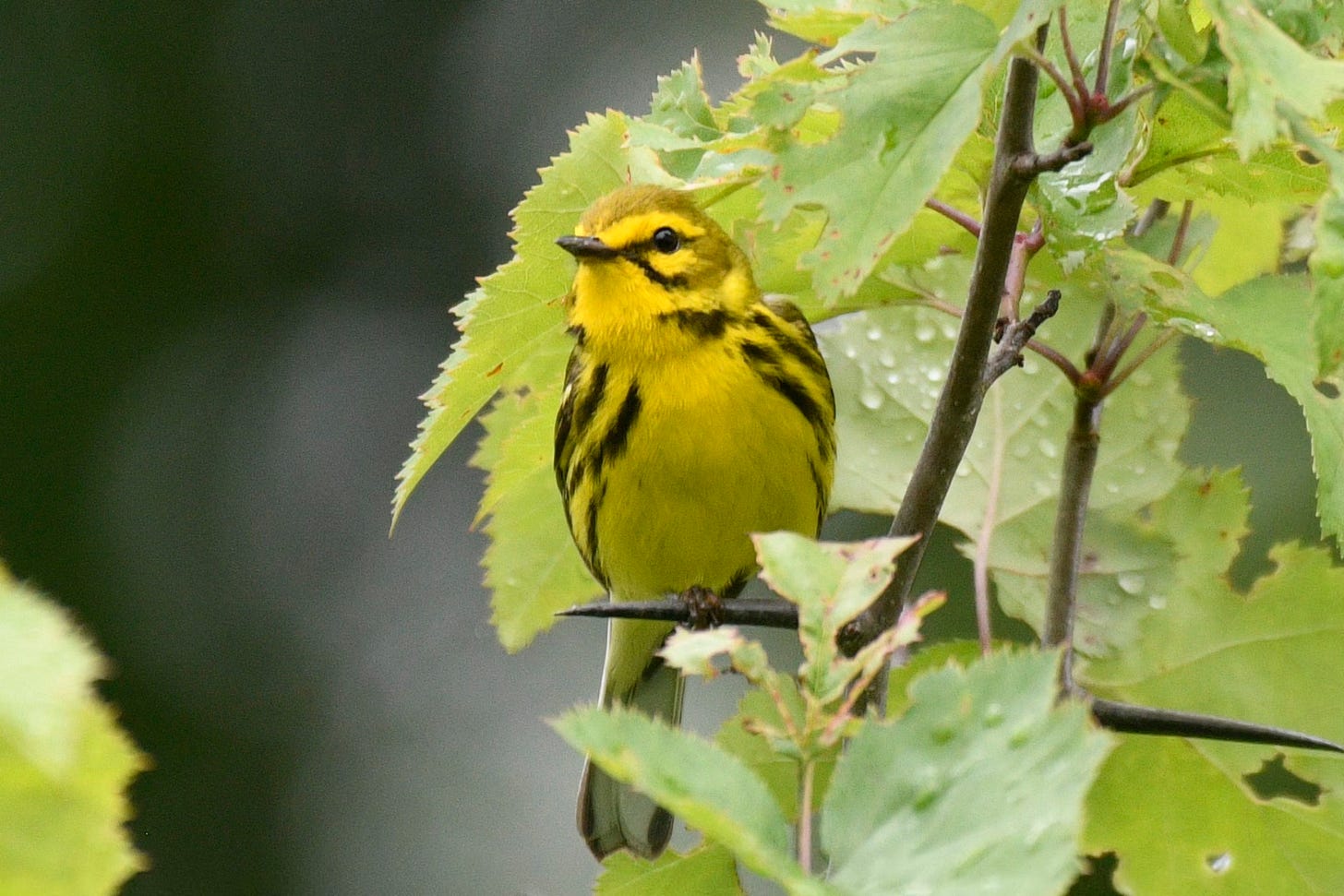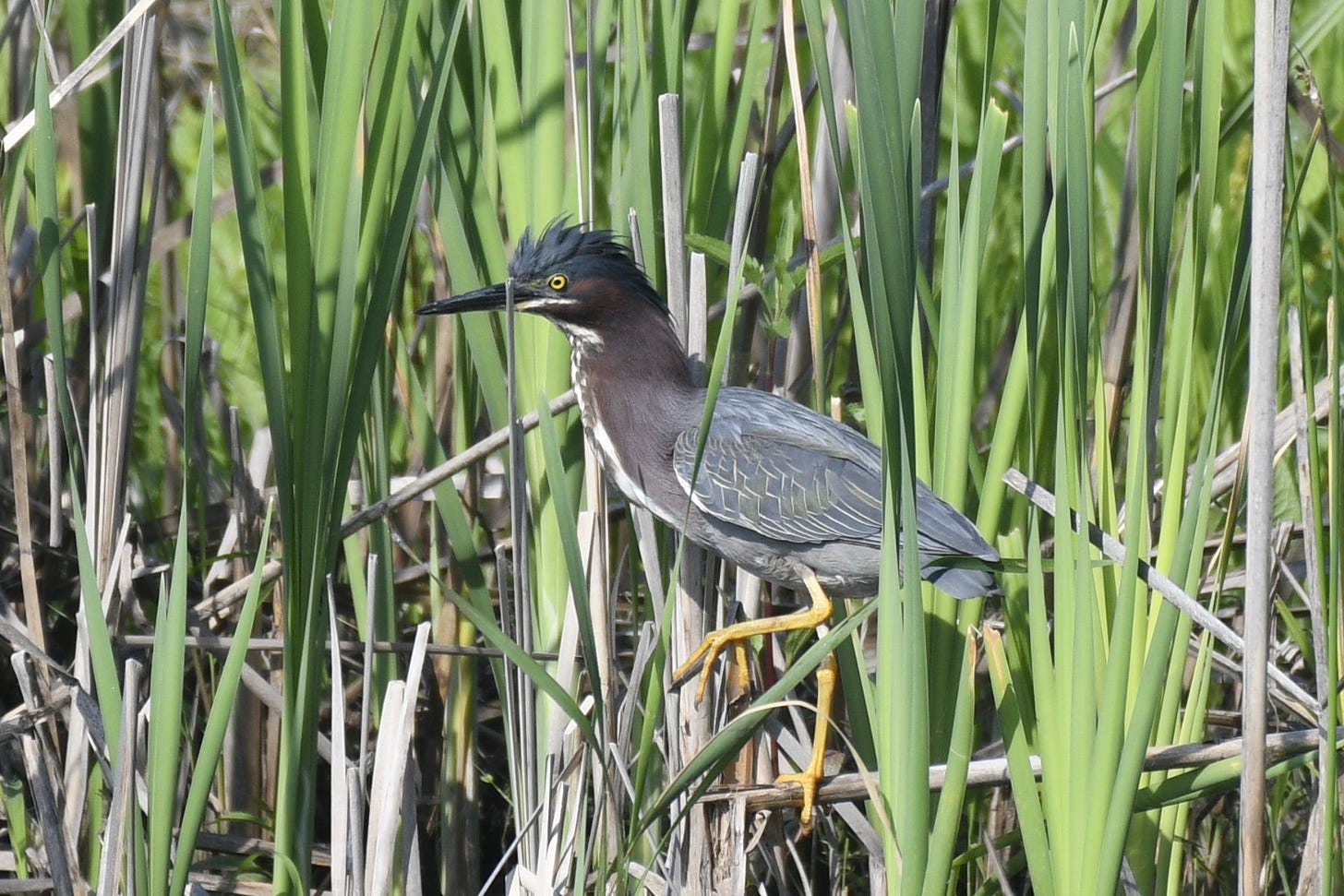Coming in Summer 2025…
After a hiatus, I have decided to revisit Nonmotorized Trails in a new version, focused on providing travel advice gathered through years of experience researching and excuting car-free travel in Europe, mostly outside of well-known cities and tourist destinations. (Perhaps I’ll post the occasional piece on car-free life in Ohio too.)
Although I will include photographs to add visual interest, the blog will not (usually) be focused on my personal experiences as a chronic saunterer and “bird noticer.” Instead, I will aim to impart information that might be useful to others with similar interests, should they exist somewhere out there — from anyone who wants to explore more remote areas of Europe without the burden of a rental car, to anyone who’s simply fascinated by life, transportation and patterns of development in parts of the developed world where personal automobiles are not essential, even in rural areas.
I don’t plan ever to monetize this blog by making certain posts only available to paid subscribers. However, I love my cup o’ joe, so I’ve decided to test out Ko-Fi as a way to allow readers to “buy me a coffee” to show their appreciation, should anyone feel so inclined. I mention Ko-Fi here for another reason: if you came here looking for collections of bird pics, it is actually much more likely that I will use Ko-Fi’s gallery feature for this purpose in the future, and I hope to make them all free to view even to those who prefer not to fund my coffee habit. (Please note that I’m still in the early phases of experimenting with this feature. The test run uploading to a “Birds Facing Forward” gallery did not turned out as hoped, but that was only a quickly first pass…)
Here is part of the introduction to the Nonmotorized Trails blog as it was originally conceived (and subsequently aborted) a couple of years back…
Bird Noticer with a Camera
As originally conceived, this blog was to be devoted — in large part — to sharing photographs of birds and other treasures of nature. Since the late 2010s or so, I developed a passion for wild nature and a particular fondness for birds. Around 2021, I additionally picked up photography as a hobby, but it has always been derivative from those passions. I never set out to excel at photography as an art form. Photography, to me, has always been a tool to achieve two main goals: (1) sharing my passion for birds and nature with friends; (2) refocusing my attention on something pleasant when distracted by other thoughts or stimuli (trying to keep a small flighty bird in the frame is a great mindfulness exercise). Friends have encouraged me to share my photos with a wider audience, but I drag my feet. There are numerous more highly skilled and tech-savvy bird photographers out there; I’m just a casual hobbyist who delights in birds and finds peace in the quest to capture them on the camera.
In addition to not being that much of a photographer, I’m also not that much of a birder. I know a lifer when I see one (usually), but I don’t keep a life list or tallies of species counts. I don’t set off on long bus or bike journeys when I hear a report of a rare vagrant somewhere in the state. I choose my walks and/or bike rides based on my whims for the day, and I simply appreciate whatever birds (and other wild things) may come. I adopted the label “bird noticer” for myself after being informed of these enamel pins created by Australian printmaker Bridget Farmer.
Car-Free Living is Carefree Living
As I continued to think about the suggestion to publicize my photographs, however, I realized that there is something personally important that unites them (even the non-bird iPhone SE ones): they were taken by a non-driver who self-consciously arranges life around a dual love for active transportation (especially sauntering) and wild nature.
I haven’t hired a car since early 2021, I haven’t owned a car since 2017, and I drove minimally for many years prior to that. This lifestyle is not a moral decision but a personal one. For me, car use was never anything but a gratuitous source of stress, expense and mental clutter. When I began to rely almost exclusively on active transportation in daily life, it was liberating, and it also brought a new level of engagement with my external surroundings. In part because of that engagement and exposure to the world around me, I grew increasingly dissatisfied with the urban world of noise, light, exhaust fumes, concrete and right angles, and I craved life in smaller and quieter communities with more time spent immersed in wild nature.
Why do I travel in Europe? It’s not because of the menagerie of brightly-colored birds; that’s for sure. I go to Europe because it’s possible to find places to live car-free in a small village instead of a big city (and also without sacrificing modern amenities like the Internet, which is really pretty great). Europe might lack North America’s wildernesses, but North America’s wildernesses provide no recreational value to the non-driver who will never access them. I have seen the Milky Way numerous times in Europe while traveling without a car — imagine achieving that feat in the US.
For more about how my “nomadism” relates to my active-transportation-based lifestyle, see my post to an old blog, Around the World for a Ten Miles’ Radius (June 2022).
Last updated: June 2025
Last substantial update to “old version”: May 2024.





